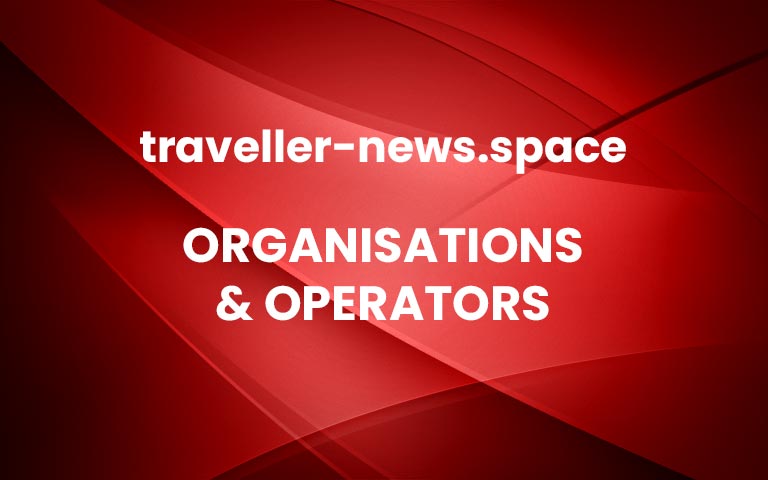1.7 million Air New Zealand seats up for grabs across the ditch this summer
Between October 2025 and March 2026, the airline will operate 1.7 million seats between New Zealand and Australia cementing its position as the largest trans-Tasman carrier. The airline is adding 130,000 seats as a result of increased flight frequencies and the deployment of more widebody aircraft on key routes. There will also be an uplift […] More


